Where to go diving in Asia? The most amazing places to scuba dive...
Best dive site in Thailand
North Andaman:
- Surin Islands
The Mu Koh Surin National Park (Khura Buri) is a shining example of natural beauty hosting plethora of rare flora and fauna both on the land and at sea.
Well protected by their status of Thai national park (and by a UNESCO environmental program), the Mu Koh Surin Islands are comprised of two small islands, Koh Surin Nuea, and Koh Surin Tai. Surin NP's waters are home to one of the world’s most diverse of marine life: colourful tropical fishes are quite common, while butterfly fishes, morays, sharks and sea turtles can often be spotted by divers and snorkelers but the most famous visitor is surely the whale shark.
Our favorite dive sites in Surin islands National parks:
* Richelieu Rock, in the East of Surin islands is for sure our favorite dive site in the National park and we have a whole webpage to talk about this infamous dive site: Richelieu Rock. Richelieu Rock, is always listed in the top 10 dive sites in the world! It can be described as a big aquarium with more or less everything from the whale shark to the seahorses...
* Koh Khai (Koh Torinla) in the south of Surin islands offer a nice drift dive and a lovely pinnacle.
* Koh Chi, in the the north of the Surin Islands is a perfect spot for a check dive with easy condition and shallow diving.
* Hin Rap, north of Surin Nua, is one of Surin's deepest dive sites. Boulders on the East side drop off to 25m!
- Similan Islands
The Similan archipelago consists of eleven islands, All the Islands are located in the Mu Koh Similan National Park, which covers over 140 square kilometers. This beautiful and vast marine national park is known to divers from all over the world. Lying 70km offshore from Phang-Nga Province, it has smooth granite islands that are as impressive above and below the turquoise Thai waters. The islands, topped with rainforest, are edged with blindingly white beaches and fringed by coral reefs.
Our favorite dive sites in Similan National parks:
* Koh Bon, Koh bon is a well known cleaning site for Manta Rays and the site most frequented by them in Thailand. There is also a very good chance to spot a Zebra Shark on the pinnacle.
* Koh Tachai, Koh Bon (also known as Koh Talu) and Koh Tachai where added a little later to Similan NP and are today some of the best dive sites in the similans!
* West of Eden, West of Eden is northwest of Koh Hua Kalok (Island No. 7), next to another renowned Similan dive site named Deep Six. Open your eyes for the shy mantis shrimps, moray eels, yellow spotted pipefish and crowds of Durban shrimps.
* Elephant Head Rock, this dive site looks like the head of a giant elephant swimming towards you, this pinnacle is situated between Koh Hua Kalok and Koh Similan Similan (Islands #7 and #8) and you will see underwater a maze of granite boulders, channels and swim-throughs at depths between 12 to 30 m.
The Best dive sites in Thailand's Southern Andaman Sea are in two Marine National Parks:
- Koh Lanta National Park
Hin Daeng, Hin Muang and Koh Haa are the three most famous dive sites in Koh Lanta area. Mu Ko Lanta National Park is a national park in the southern part of Krabi Province, Thailand, consisting of several islands.
Our favorite dive sites in Koh Lanta National Park:
* Koh Haa, a group of 5 islands sitting together between Hin Daeng and Phi Phi and is part of the Ko Lanta National Marine Park. We may dive Ko Haa Lagoon, Ko Haa Neua, and Ko Haa Yai where we may pass through more swim-throughs and encounter plenty of marine life from small to big will entertain everyone and if you are lucky you might meet a leopard sharks or an Oceanic Manta ray!
* Hin Daeng & Hin Muang are two pinnacles in the open ocean, surrounded by deep waters. The visibility on these two sites is usually excellent and the dramatic underwater landscape makes a perfect setting for the many creatures we come to encounter here.
The main attraction here are pelagic sightings such as manta ray and whale shark. The site still have plenty of things to see beside the gentle giants...
- Tarutao National park
Tarutao National Park consists of 51 islands in the Strait of Malacca, off the coast of Satun Province of southern Thailand. This preserved territory is still pretty undiscovered and very few liveaboards venture all the way there.
Our favorite dive sites in Koh Lanta National Park:
* Koh Lipe is the only inhabited island, in the Butang group of island making Tarutao National Park. Home to the Chao Ley ( a tribe of Sea Gypsies), a few resorts and many types of birds. It is surrounded by white sand beaches and beautiful nearby dive sites.
* 8 miles Rock, the most famous of these dive sites, is a submerged pinnacle with a top siting at 15 meters below the surface and surrounded by depths of 50 meters. It is covered in colorful soft corals mostly Purple and pink.
* Hin Chabang, another interesting coral garden to discover with plenty of Marine life common to the Andaman Sea. Accessible to open water divers (it is a pinnacle but the top is only a few meters below the surface and it would be hard to go deeper than 16 meter deep without a shovel...).
* West of that, you can dive a corridor between Koh Rawi and Koh Adang, a site known for strong current giving it its nickanme of "Super Highway drift" and often visited by large schools of stingrays.
* Stonehenge is another fantastic sites we would like to show you often visited by leopard sharks and Eagle rays. It is very diversified landscape.
* On the Western border of Taruato National park, Koh Sawang is a rocky dive site with several anemone patches and reef covered in feather stars and clams.
This is a dive site is surrounded by very deep waters frequented by devil rays with a fantastic visibility from November to April
With easy dive sites and conditions, Koh Tao on the East coast is recognized as the best spot to learn about diving with over 50 dive schools competing to offer the best value for money on dive courses.
Ko Tao is known for its tropical coral reefs, with species including whale sharks and rays. Hawksbill and green turtles gather here to breed.
Best dive sites in Malaysia
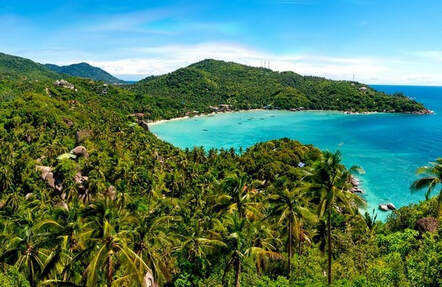 Koh Tao
Koh Tao * Tioman Island, you can find Tioman Island on the east coast of Peninsular Malaysia, South China Sea. It's a nature reserve, ringed by beaches. There, you can find fabulous dive sites, corals, sea fans and sea sponges, as well as shipwrecks...
Used as a navigation point and source of fresh water for weary fisherman, Tioman Island was used as a beacon for nautical exploration. Trading ships once used it as a port and it was even host to Japanese and British navies in WWII. In fact, you can even dive off the coast to see the remains of the HMS Repulse and HMS Prince of Wales...
* The Perhentian Islands renowned for their magnificent dive spots. The Perhentian Islands are a small group of wonderful, coral-fringed islands off the coast of northeastern Malaysia in the state of Terengganu, near the Thai border. All this area belong to a protected marine park, which means that fishing, collecting coral and littering are strictly prohibited.
In eastern Malaysia, off Borneo, on the famous * Coral golden triangle, the diving sites are called Sipadan, Layang Layang, Mabul and Kapalai. The Coral Triangle (CT) is a roughly triangular area in the tropical waters around Indonesia, Malaysia, Papua New Guinea, the Philippines, the Solomon Islands and Timor-Leste. This area contains at least 500 species of reef-building corals in each region!
The best spot is probably * Sipadan, a protected marine sanctuary for many species of sea turtles, sharks and schooling fish. Sipadan is the only oceanic island in Malaysia, rising 600 meters from the seabed. It is located in the Celebes Sea off the east coast of Sabah, Malaysia. Sipadan has appealed as one of the top dive sites in the world. It has been highly sought after by divers for its array of possible sightings.
Our advice : other destinations offer world-class diving spots and it's up to you to explore them.
Best dive sites in Indonesia
* Raja Ampat, Raja Ampat is made up of four main islands, Waigeo in the north, Batanta and Salawati in the middle, Misool in the south. within the Coral Triangle, Raja Ampat is very rich environment for scuba diving. Healthy reefs grow strong and dense, home for an abundance of reef fish and large pelagic species. October to May is considered the best diving season for Raja Ampat when you'll find less rain, calmer seas, and better visibility.
* The Komodo Islands, Its surrounding waters of seagrass beds, mangrove shrublands and coral reefs are famous dive sites... Located between the islands of Sumbawa and Flores in the East Nusatenggara province, sits the vast and wonderful Komodo National Park... The marine environment in the Komodo National Park is one of the world’s richest in flora and fauna and is still relatively undiscovered.
Divers, you should put them on you bucket list ! Especially if you love macro-fauna and big pelagic alike. Not to mention the magnificent landscapes of the Sonde archipelago and the encounter with the famous Komodo dragons when stepping foot on land. Subject to very strong currents that converge in all directions, this area is sometimes dangerous, so diving is only for experienced divers.
What we think : Good mix between big and small critters but often quite hard to reach.
Best dive sites in the Philippines
You'll find some pretty cool dive spots because they are countless and of a breathtaking beauty. Beginners and experienced this diversity will allow you to find the spot of your dreams.
What we like: you can spot thresher sharks in Malapascua and many large sharks in Tubbataha reef plus some great macro life and muck dives but the food in the Philippines is not the best in Asia...
| Philippines' Best Diving Spots... * Tubbataha Reefs Natural Park, wonderful biodiversity. * Anilao, Batangas, very good for Muck Diving. * Dauin, Dumaguete, all-In-one high class destination. * Moalboal, Cebu, incredible sardine baitballs. * Puerto Galera, Mindoro, beautiful beaches and cool dive sites. * Anda, Bohol, an hidden gem... |
And our favorite dive site... Myanmar (also known as Burma)
Myanmar is a dream come true for Macro life lover with seahorses, harlequin shrimp, spanish dancers, frogfish, plenty of nudis and shrimps in every cracks!
It is not uncommon to also spot pelagic with mantas rays and whale sharks roaming around.
What we like most? No need to share! In Burma, you are usually alone on every dive site!
Our favorite dive sites in Burma:
* Mergui archipelago, If you want the most unique Myanmar diving experience on the planet, then the Mergui Archipelago is the place for you. This off-the-beaten-path diving destination is made mostly from limestone (ensuring there are plenty of caves and tunnels) and a few granite pinnacles circled by a wide diversity of coral of every imaginable colour!
* Black Rock, the islet of Black Rock is a small rock in the middle of Myanmar's ocean. It provides a steep wall drop to over 100 meters, characterized by rugged boulder formations and fine soft coral. Its crystal clear waters offer 35-meter visibility, providing breath-taking views past the rock walls to the on-going procession of barracuda, tuna, mackerel, rays, reef sharks, whale sharks and eagle rays.
* Burma Banks, Sitting roughly 100 nautical miles (180km) west of Kawthaung, The Burma banks are enormous... When you reach the Burma Banks there won't be another boat or piece of land as far as the eye can see. The fact that it's so far off and exposed does make it so currents are often much stronger here but this creates the perfect conditions for encounters with massive pelagic animals and schools of thousands of fish. This is also quite a hot spot for nurse sharks and other rarer kinds of sharks and rays coming up from the depths.
Check here for more informations about all the exceptional Burma's dive sites

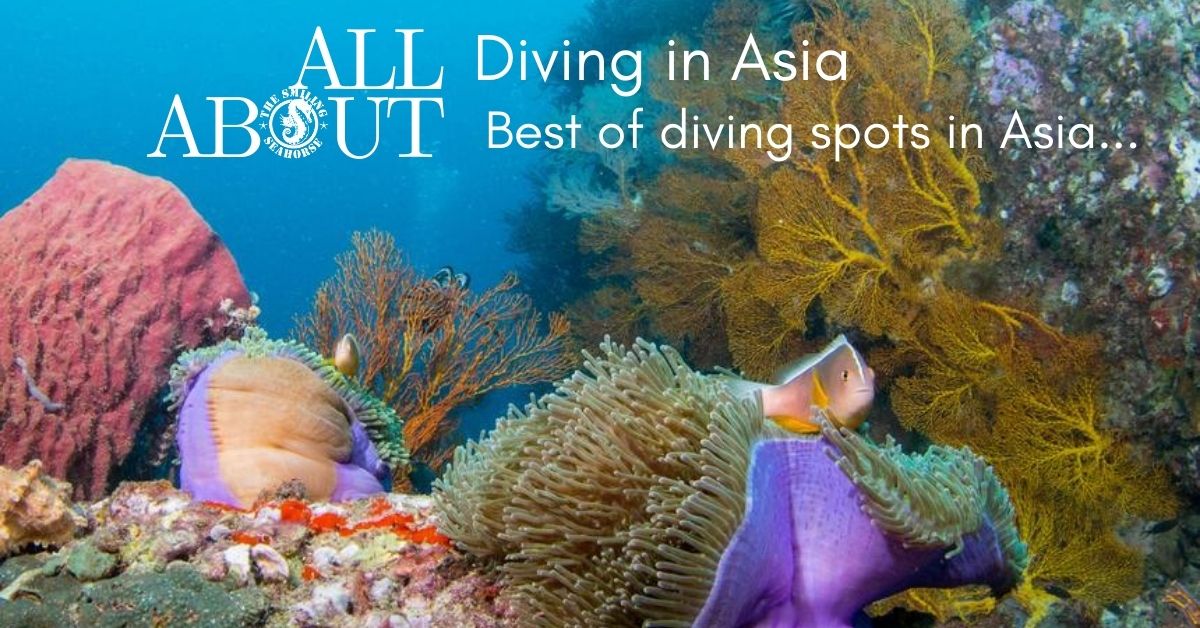
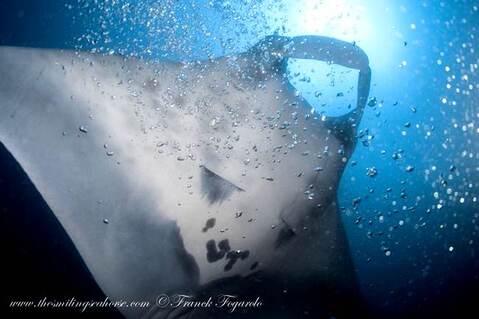
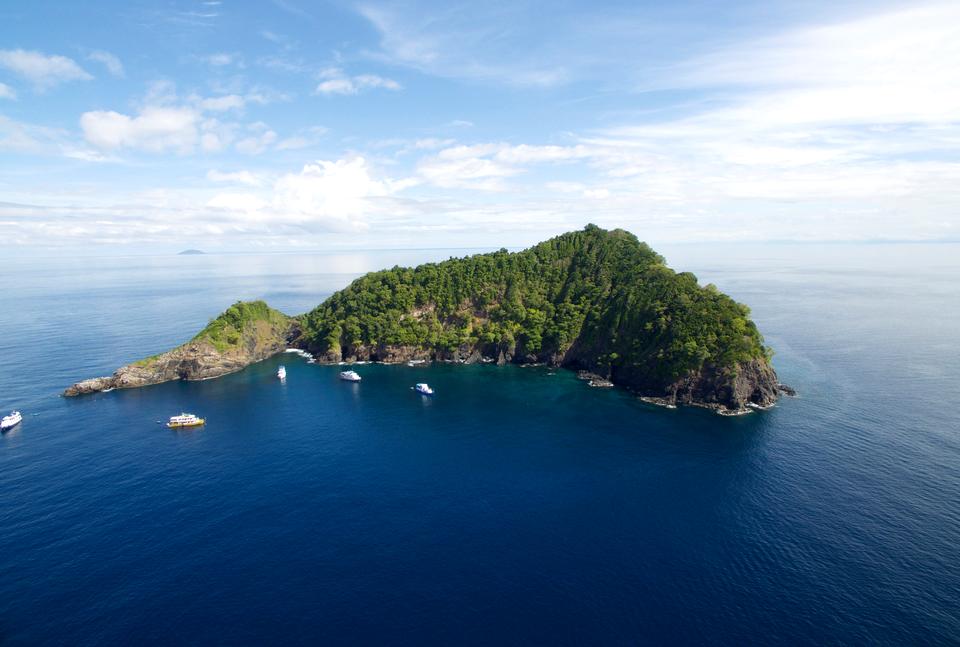
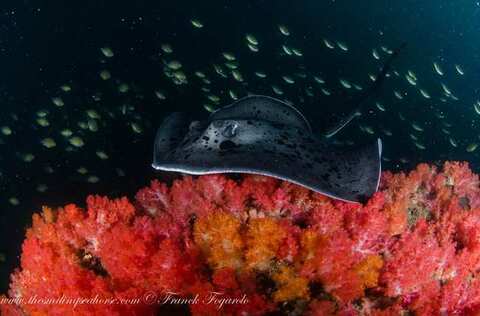
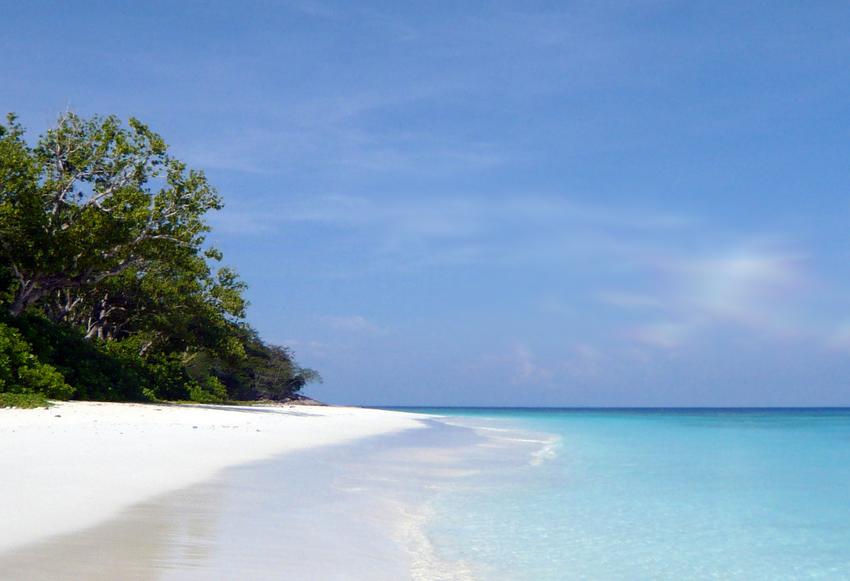
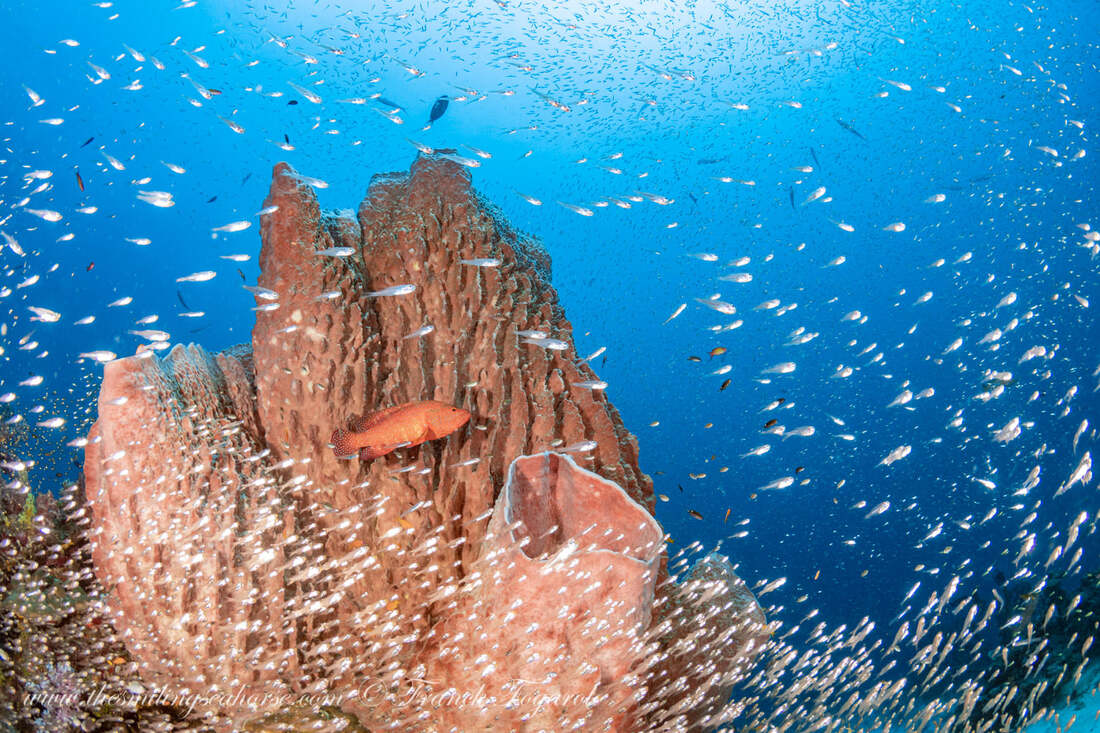
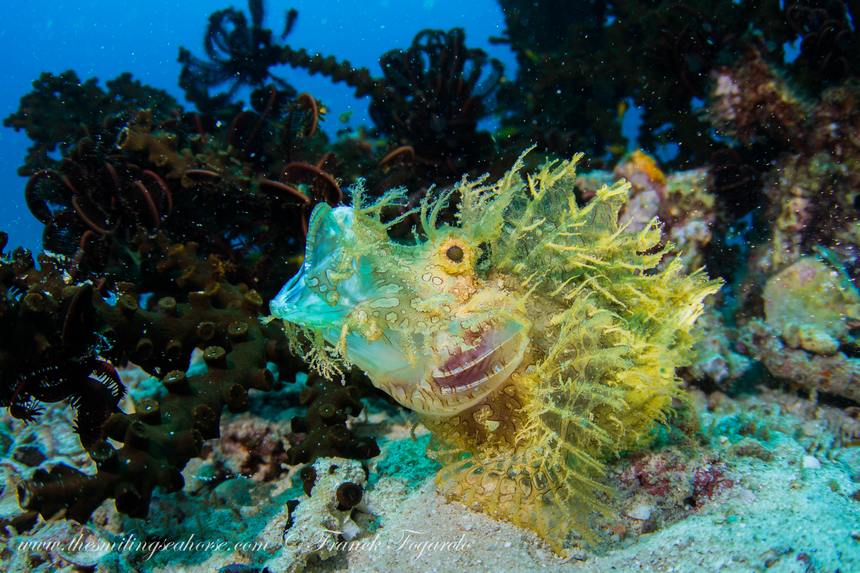
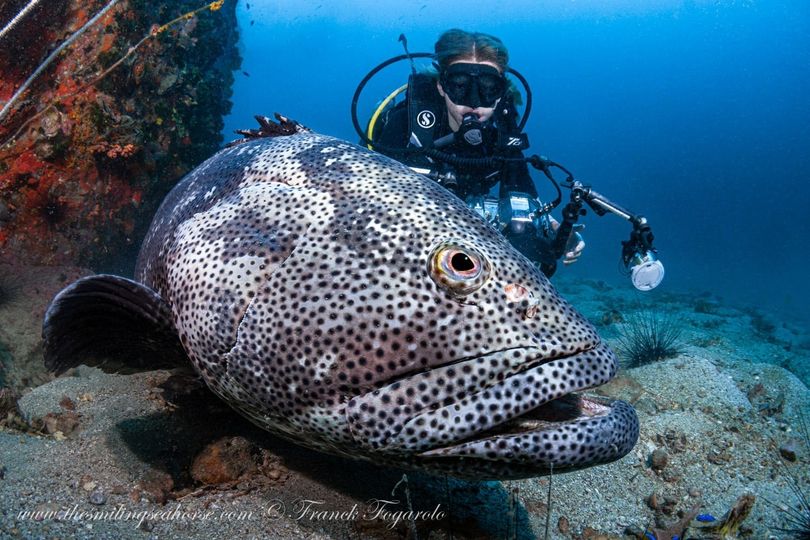
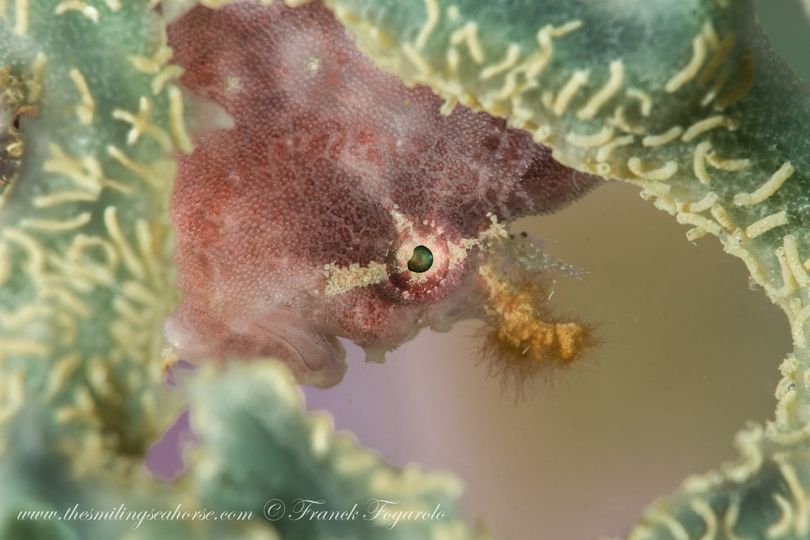
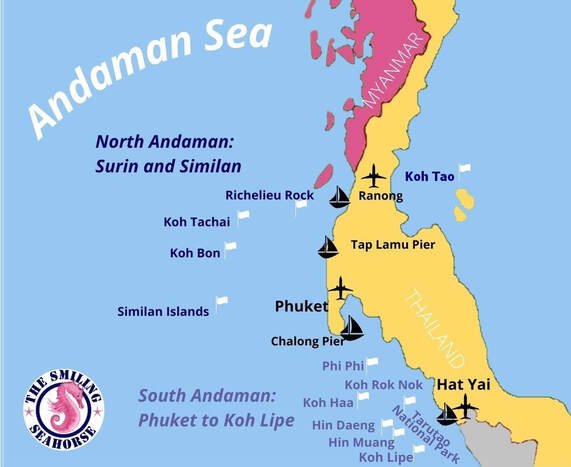
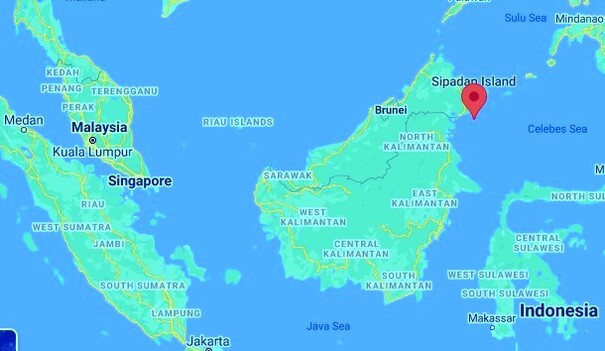
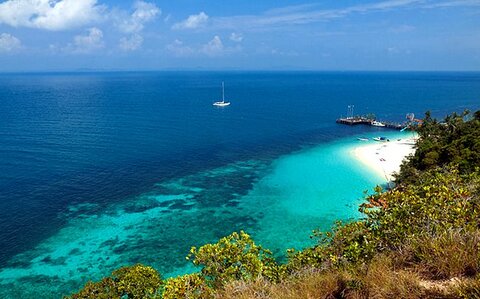
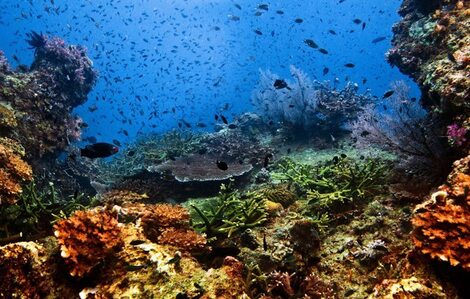
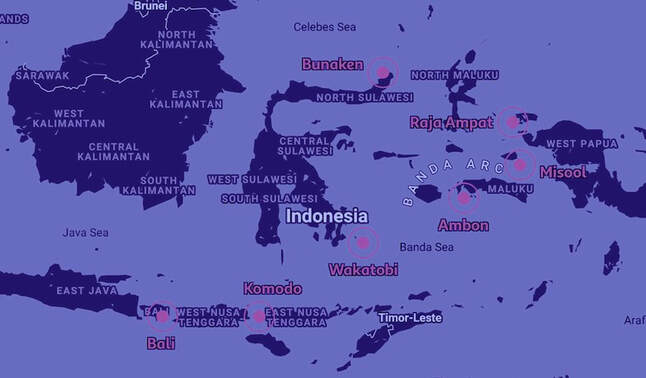
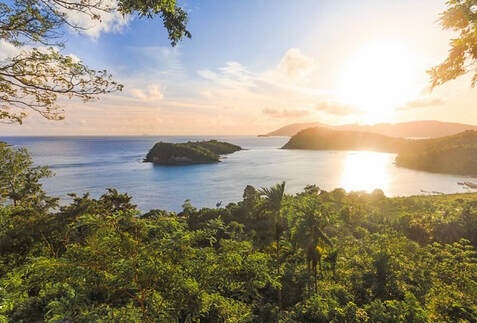
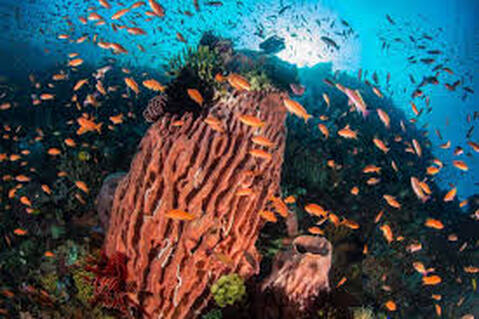
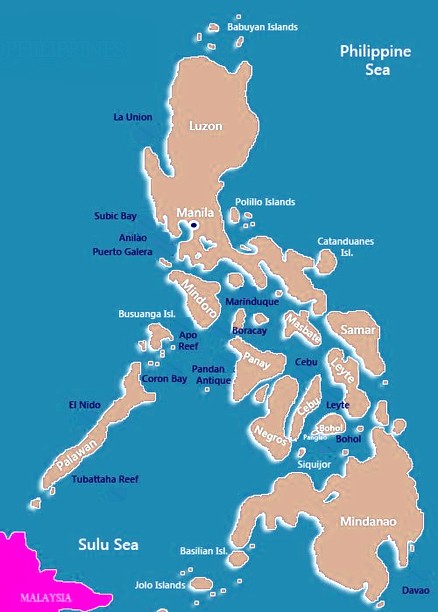
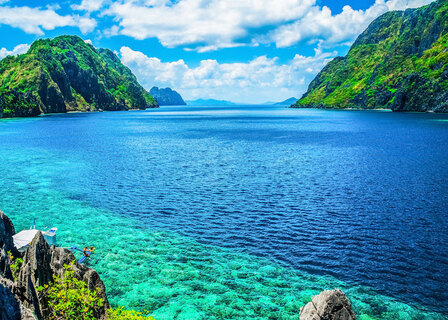
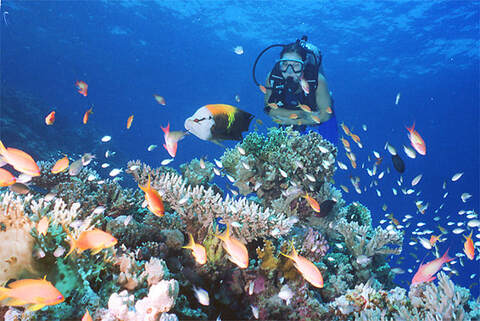
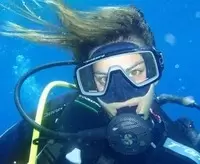
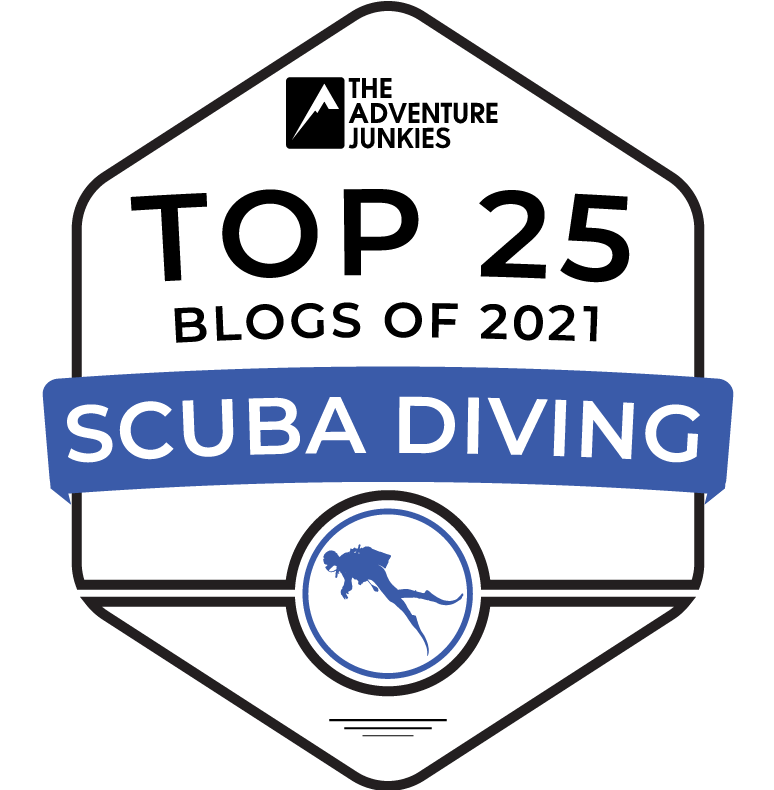
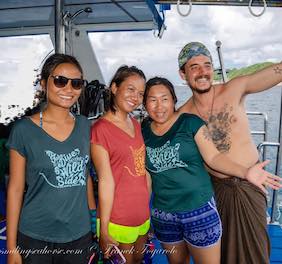
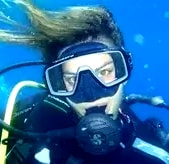

 RSS Feed
RSS Feed




